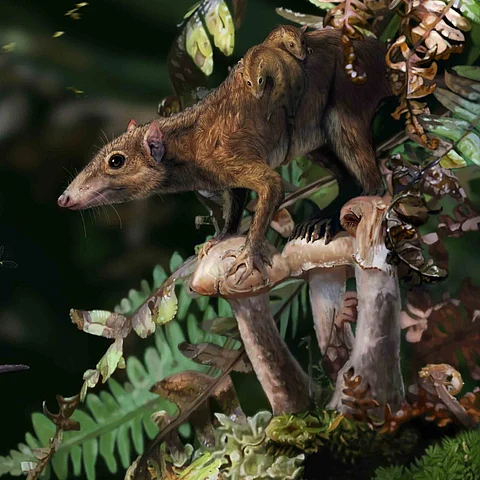

Mammals were increasingly starting to live on the ground several million years before the mass extinction event that wiped out the dinosaurs, according to new research led by the University of Bristol.
Scientists analysed small-fossilised bone fragments, specifically end of limb bones, from marsupial and placental mammals found in Western North America to reach the conclusion.
The end of limb bones were analysed as they bear signatures of locomotory habit that can be statistically compared with modern mammals, a statement by the University noted on April 2, 2025.
According to lead author Professor Christine Janis from the University of Bristol’s School of Earth Sciences, plant life changed towards the end of the Cretaceous Period, when flowering plants, known as ‘angiosperms’ created more diverse habitats on the ground.
She added that tree dwelling mammals struggled after the asteroid impact. “What had not been documented, was whether mammals were becoming more terrestrial, in line with the habitat changes.”
“The vegetational habitat was more important for the course of Cretaceous mammalian evolution than any influence from dinosaurs,” Janis added.
The evidence was gathered from bone articular fragments of therian mammals, which includes marsupials and placentals.
“The team’s methods were not applied to more basal mammals such as multiberculates, which were common at the time, because their bones were different,” noted the statement.
It added that the study was the first to use small bone elements to track changes within an entire community as previous studies used complete skeletons to study ancient mammal movement.
The team have used statistical data from museum collections in New York, California, and Calgary to analyse these tiny fossils.
‘Down to earth: therian mammals became more terrestrial towards the end of the Cretaceous’ has been published in the journal Palaeontology. The authors are C.M. Janis, A. Martín-Serra, J.M. Theodor and C.S. Scott.